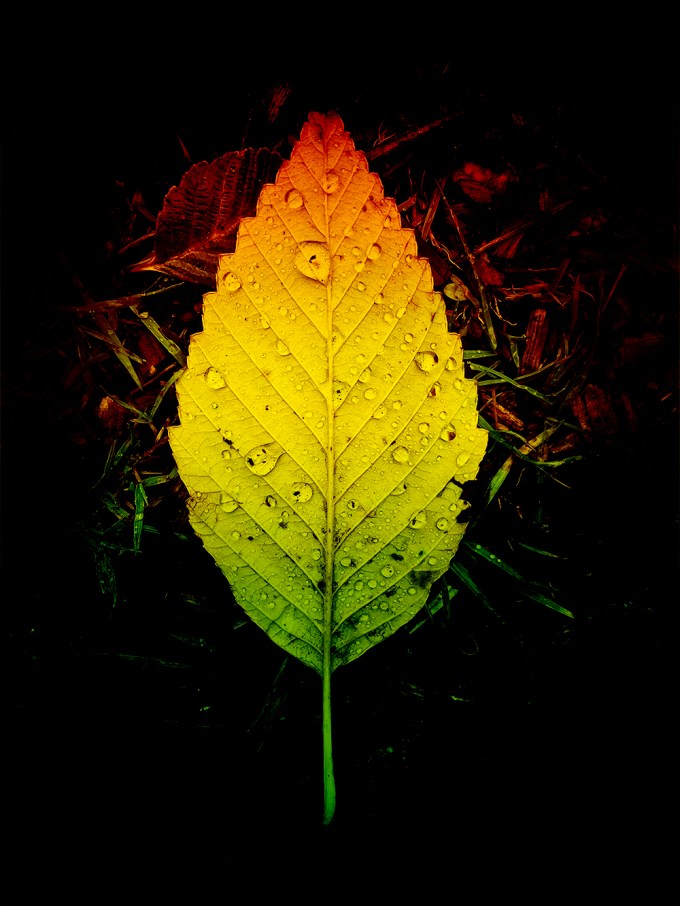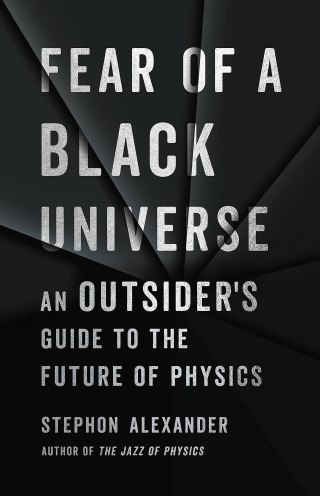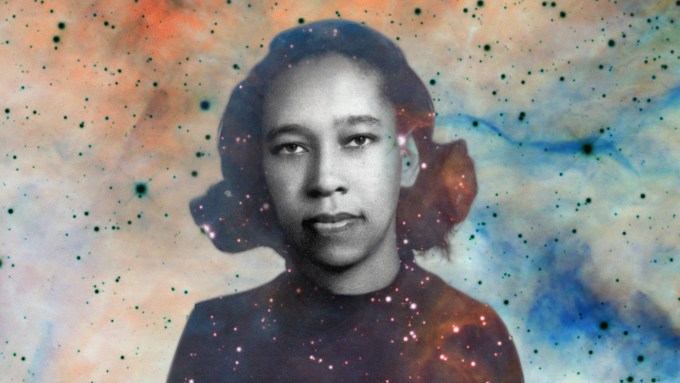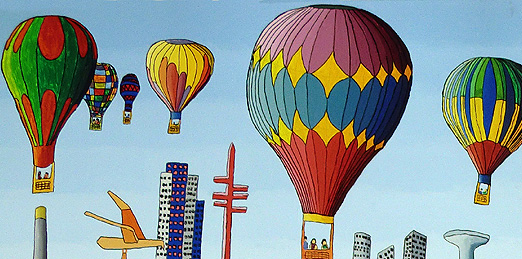The visionary poets knew — as do the visionaries of scientist, as do all persons engaged in lives of creativity or contemplation, which are often one life — how this solitary self-discovery becomes the wellspring of all the meaning-making that makes life worth living, whether we call it art or love. From solitude’s promontory, we peer out into the expanse of existence and train our eyes to look with wide-eyed wonder at the improbable fact of it all. Solitude, so conceived, is not merely the state of being alone but the art of becoming fully ourselves — an art acquired, like every art, by apprenticeship and painstaking devotion to dwelling in the often lonesome inner light of our singular and sovereign being.
In consonance with poet and philosopher Wendell Berry’s life-tested belief that “true solitude is found in the wild places,” where one is without human obligation,” where “one’s inner voices become audible [and,] in consequence, one responds more clearly to other lives,” Batchelor adds:
Ask “What is this?,” then open yourself completely to what you “hear” in the silence that follows. Be open to this question in the same way as you would listen to a piece of music. Pay total attention to the polyphony of the birds and wind outside, the occasional plane that flies overhead, the patter of rain on a window. Listen carefully, and notice how listening is not just an opening of the mind but an opening of the heart, a vital concern or care for the world, the source of what we call compassion or love.

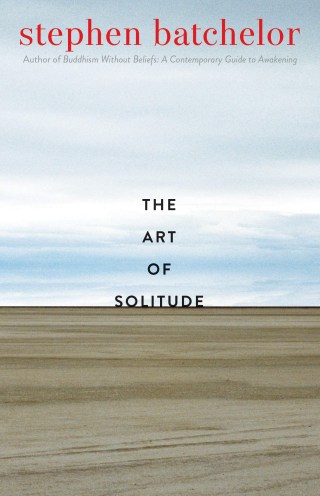
Its mastery, delicate and difficult, is what the Buddhist scholar and teacher Stephen Batchelor explores in The Art of Solitude (public library). Celebrating solitude — not the escapist privilege of it but the practice of it against the real world’s pressures — as “a site of autonomy, wonder, contemplation, imagination, inspiration, and care,” he writes:
To integrate contemplative practice into life requires more than becoming proficient in techniques of meditation. It entails the cultivation and refinement of a sensibility about the totality of your existence—from intimate moments of personal anguish to the endless suffering of the world. This sensibility encompasses a range of skills: mindfulness, curiosity, understanding, collectedness, compassion, equanimity, care. Each of these can be cultivated and refined in solitude but has little value if it cannot survive the fraught encounter with others. Never be complacent about contemplative practice; it is always a work in progress. The world is here to surprise us. My most lasting insights have occurred off the cushion, not on it.
True solitude is a way of being that needs to be cultivated. You cannot switch it on or off at will. Solitude is an art. Mental training is needed to refine and stabilize it. When you practice solitude, you dedicate yourself to the care of the soul.
Drawing a link between the Buddhist notion of nirvana and Keats’s notion of “negative capability” — that spacious willingness to negate the pull of attachments, reactivities, and fixities, to live with mystery and embrace uncertainty — Batchelor observes that contemplative practice trains the ability to see each moment as a chance to start anew, to savor life as ongoing, unfixed, ever-changing and ever capable of being changed. He considers the essential building blocks and ultimate rewards of contemplative practice:
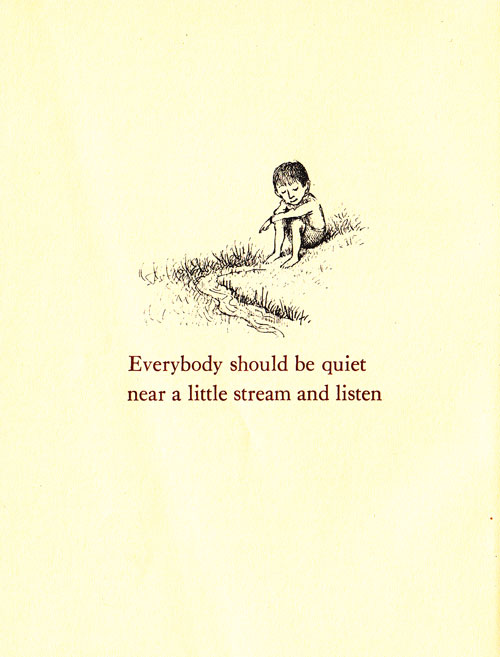
Echoing Rachel Carson’s trust in the loneliness of creative work — a byproduct of the solitude necessary for creative work, natural and needed, often terrifying and always clarifying — Batchelor adds:
Having shut the door, you find yourself alone before a canvas, a sheet of paper, a lump of clay, a computer screen. Other tools and materials lie around, close at hand, waiting to be used. You resume your silent conversation with the work. This is a two-way process: you create the work and then you respond to it. The work can inspire, surprise, and shock you… The solitary act of making art involves intense, wordless dialogue.
Complement The Art of Solitude with Hermann Hesse on solitude, hardship, and destiny, then savor Batchelor’s spacious On Being conversation with Krista Tippett.
Complement The Art of Solitude with Hermann Hesse on solitude, hardship, and destiny, then savor Batchelor’s spacious On Being conversation with Krista Tippett.
“Give me solitude,” Whitman demanded in his ode to the eternal tension between city and soul, “give me again O Nature your primal sanities!” In those primal sanities, we come to discover that “there is no place more intimate than the spirit alone,” as May Sarton wrote in her stunning 1938 ode to solitude — her hard-earned testimony to solitude as the seedbed of self-discovery, for it is in that intimate place that we see most clearly what our animating spirit is made of. Solitude, Kahlil Gibran knew, summons of us the courage to know ourselves. Elizabeth Bishop believed — a belief I can attest to with my own life — that everyone must experience at least one long period of solitude in life in order to know what we are made of and what we can make of our gifts. “There is only one solitude, and it is large and not easy to bear,” Rilke wrote in contemplating the relationship between solitude, love, and creativity, “but… we must hold ourselves to the difficult.”
To be alone at your desk or in your studio is not enough. You have to free yourself from the phantoms and inner critics who pursue you wherever you go. “When you start working,” said the composer John Cage, “everybody is in your studio — the past, your friends, enemies, the art world, and above all, your own ideas — all are there. But as you continue painting, they start leaving, one by one, and you are left completely alone. Then, if you are lucky, even you leave.”
